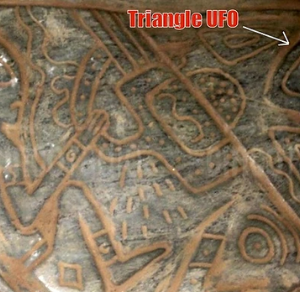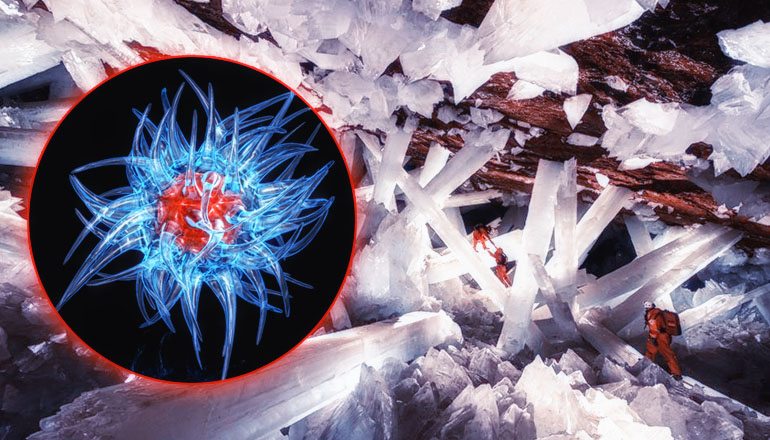Who are the nephilim? The term “nephilim” is found in the Old Testament of the Bible on two occasions. Initially, they are referenced in Genesis 6 and later in Numbers 13:33. The limited references to the nephilim in the scriptures have sparked ongoing discussions about their identity. A significant portion of this discussion originates from a biblical passage that reads:
“When people began to multiply on the face of the ground, and daughters were born to them, the sons of God saw that they were fair; and they took wives for themselves of all that they chose.
The Nephilim were on the earth in those days – and also afterward – when the sons of God went in to the daughters of man, who bore children to them. These were the heroes that were of old, warriors of renown.” – Genesis 6: 1-4
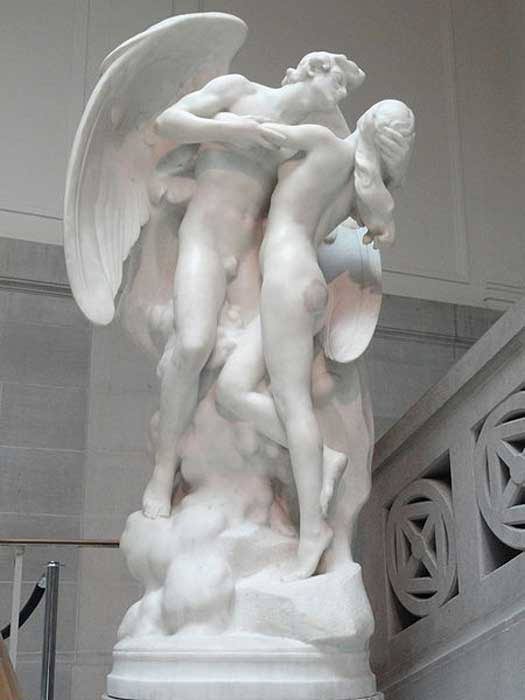
What Does ‘Nephilim’ Mean?
The term “Nephilim” is traditionally defined as giant. Various dictionaries portray the nephilim as giants endowed with superhuman strength. The Greek Septuagint, an ancient Greek translation of the Hebrew Bible, translates it as gigantes, which translates to “earth-born,” a notion we will revisit.
The origin of the word “Nephilim” is believed to be from the Hebrew root “Naphal,” implying to fall. Within biblical discussions, this interpretation has often led to the classification of the Nephilim as offspring of fallen angels. However, the word Naphal is not explicitly linked to fallen angels. Its contextual use generally relates more to the actions of lying down or bowing deeply. The term also connects to the ideas of failing, falling short, or being cast down.
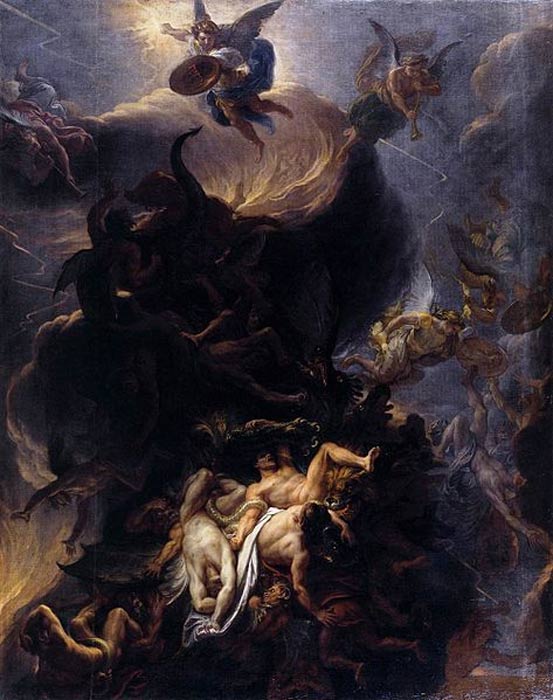
Mythology Surrounding the Nephilim Over time, a mythology has emerged about the nephilim, suggesting that these giants were born from the union of the “Sons of God” and the “Daughters of Man.” Are the nephilim the progeny of this illicit relationship?
While this connection is often cited as the foundation for such beliefs, it lacks solid backing from the biblical texts. The support for this claim is actually found in the apocryphal Book of Jubilees:
“And it came to pass when the children of men began to multiply on the face of the earth and daughters were born unto them, that the angels of God saw them on a certain year of this jubilee, that they were beautiful to look upon; and they took themselves wives of all whom they chose, and they bare unto them sons and they were giants.” The Book of Jubilees – Chapter V: 1
Does the Claim That the Nephilim Were the Offspring of the Sons of God and the Daughters of Men Find Support in Non-Judeo-Christian Traditions? In other words, is there global mythological support for the idea of giants born from divine beings and humans?

Giants Across Global Cultures The concept of giants inhabiting the earth appears across various cultures. Greek mythology, for instance, recounts that the Titan Cronus overthrew his father Uranus to seize control of the Greek pantheon. From the blood of Uranus, which spilled onto the earth, arose the giants, known as the “earth-born.” These giants, in comparison to humans, were enormous. During the golden age under Cronos’s rule, they lived in a period devoid of sorrow, where happiness and joy were abundant.
This era ended when Cronos’s son, Zeus, battled to dominate both heaven and earth. Zeus, as per Greek mythology, tasked the giants with duties. However, it was only a matter of time before the giants began to defy the commands of the gods.
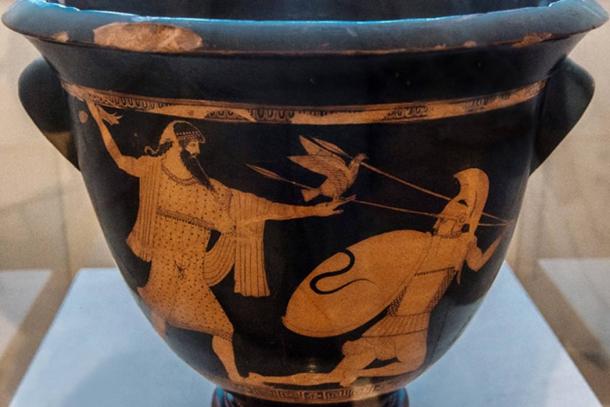
They ceased to bow to the gods’ will. Their failure to fully submit and comply with the gods’ commands sparked a rebellion among the “children of god” against the celestial deities. The conflict resulted in heavy casualties on both sides, but ultimately, the gods quelled the uprising.
A truce was subsequently established. As compensation to the giants, a decision was made to create a new race to shoulder the responsibilities previously borne by the giants—thus, man was conceived.
Padraic Colum recounts this myth in his book “Orpheus, Myths of the World,” which includes an Aztec legend: the Earth-mother, Citlalicue, gave birth to a flint knife. When this knife was cast down to Earth, it morphed into sixteen hundred “earth-gods.” (Is there a connection between the flint knife, cast down by Citlalicue, and the sickle used by Cronus to castrate his father?)
These new earth-gods assumed human forms and toiled for sustenance. Eventually, they deemed such labor beneath them, being the progeny of the Sky-father and Earth-mother. They petitioned Citlalicue to create a race to serve them and take on their burdens. With Citlalicue’s aid, mankind was forged.
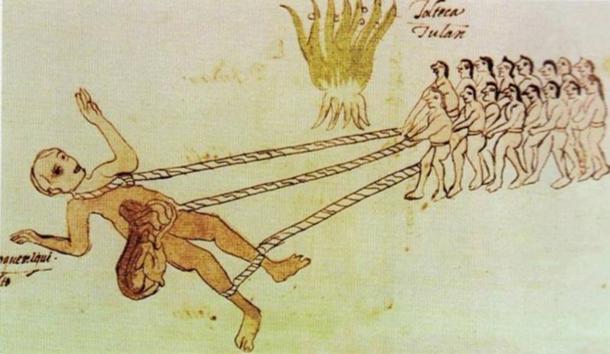
Drawing from these mythological narratives, it appears evident that the earth-born giants, the nephilim, predated human existence on Earth. Therefore, when the phrase “The Nephilim were on the earth in those days – and also afterward” is read, it seems to suggest from this viewpoint that the authors were precise in their statement, indicating that the Nephilim, the earth-born, indeed existed during that era.
Descendants of the Sons of God and the Daughters of Man
So, who were the descendants of the sons of god and the daughters of man? In the Hebrew Bible, these beings are referred to as gibborim. The associated meaning of this term suggests they were men of remarkable stature, heroes, or individuals noted for their valor or bravery.
The Greek Septuagint refers to them as renominati, or men of renown. Greek mythology is replete with stories of gods engaging with humans. Renowned demi-gods, or semi-human figures, whose names have endured over time include Hercules, Perseus, and Achilles. In Indian mythology, they are known as Hanuman and Garuda, and in Sumerian lore, Gilgamesh and Adapa are celebrated.
A comparable myth exists within the Hindu epic, the Ramayana. This epic narrates the story of Rama, the 7th avatar of the supreme god Vishnu.
Rama existed during the Treta Yuga, a time characterized by the prevalence of giants. Coinciding with Rama’s birth, Vishnu foresaw the challenges ahead and requested that the gods descend to Earth to mate with apes and bears. This divine intervention was planned to eventually equip Rama with an army capable of defeating Ravana, the giant demon king of Lanka.
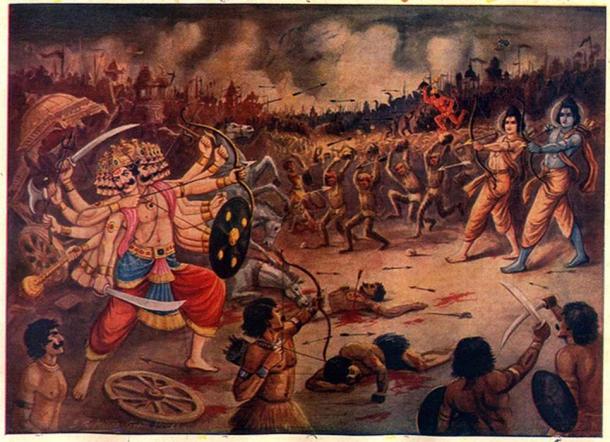
These thousands did the Gods create
Endowed with might that none could mate,
In monkey forms that changed at will;
So strong their wish the fiend to kill.
Are the Nephilim the descendants of the sons of god and the daughters of man? No, they were actually a race of earth-born giants existing before humans were created. These giants famously rebelled against the gods in ancient times.
Moreover, they played a pivotal role in the creation of humankind. Also, drawing from accounts in the Ramayana, it appears evident that when the gods coupled with “ape-men,” their progeny were celebrated as men of renown, heroes, or courageous individuals.






